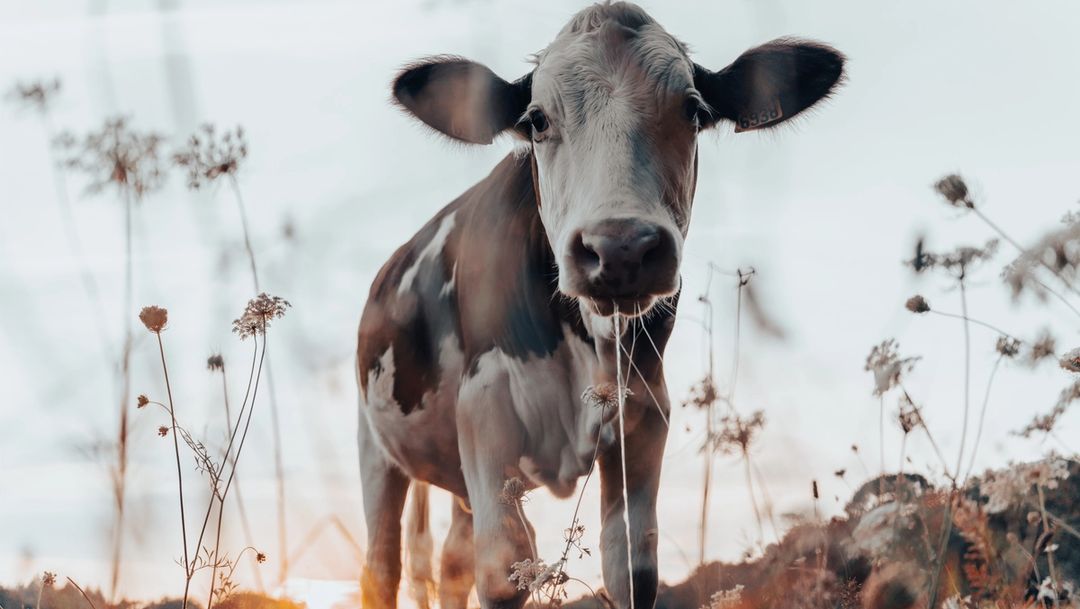The Environmental Impact of Meat

Chelsea Burns, Content Editor
January 6, 2023
When we think about the food that we consume we’re often thinking about how it will help or hurt our bodies or our health, but our choices also have an effect on the environment. From how it was grown (pesticides? organic? regenerative?) to how it was packaged (plastic or paper?) and how far it traveled to get to us (was it transported across the globe or is it from your farmer’s market?), there are so many environmental factors that are taking place before a food hits our plate at meal time.
And while all of those factors matter for every food choice we make, it’s particularly important when talking about meat. It’s estimated that global livestock emits “7.1 Gigatonnes of Co2-equiv per year, representing 14.5 percent of all anthropogenic greenhouse gas emissions,” according to the Food and Agriculture Organization of the United Nations. (For reference, one gigatonne is equal to the weight of 10,000 fully-loaded U.S. aircraft carriers…) The two main reasons being: The methane animals produce (aka their gas) and the deforestation needed to raise the animals. The biggest offender in the mix is cattle (raised for dairy and meat), which accounts for 65% of the livestock sector’s emissions. Curious how other meats stack up? The carbon footprint of food can be tricky to determine since it differs depending on where it was raised/grown/harvested/produced/etc. Here’s a sliding scale of impact the BBC put together based on data from research published in the Science journal.

So, what can we as consumers do? Vote with our dollars and mouths! “Next to flying less, it is probably right to say that, as individuals, reducing beef consumption is the most significant contribution directly under our control,” Alexandre Koberle, research fellow at the Faculty of Natural Sciences at The Grantham Institute for Climate Change, Imperial College London, told Forbes. And while eating less meat helps, it’s also about where that meat comes from. Here are some shopping tips to make your next trip to the grocery store a more sustainable one.
Shop locally
The process of producing meat already creates enough emissions, not to mention if you’re getting it from another country. Not only does supporting your local farmers feel good, it will also help to reduce the carbon footprint of your meat. Another bonus: The difference in quality and freshness you’ll likely notice. A win all around.
Shop in season
This mainly goes for produce. When you get fruits and vegetables that aren’t in season, it means they had to be shipped from a lot further (aka a lot of carbon emissions had to be used) for you to have them. Pro tip: When your favorite fruits and veggies are in season, buy them up and freeze them—if it makes sense—so you can still enjoy them during their off-season months.
Go meat free once a week
So maybe going totally veg or vegan isn’t feasible, and that’s okay! You don’t have to stop eating meat completely to make an environmental impact. Reducing your meat consumption (especially beef) along with shopping for meat more thoughtfully, still has major environmental perks. And, if you need a little incentive or want to know just exactly what kind of a dent a meatless meal makes, estimates show that each meatless meal you have saves 133 gallons of water and reduces your carbon footprint by eight pounds. Need some meal inspiration? We love these recipes:
Spinach and Artichoke Casserole
Keep Reading
Refill is the New Recycle
The perfect way to start cutting out single use plastic from your home.











